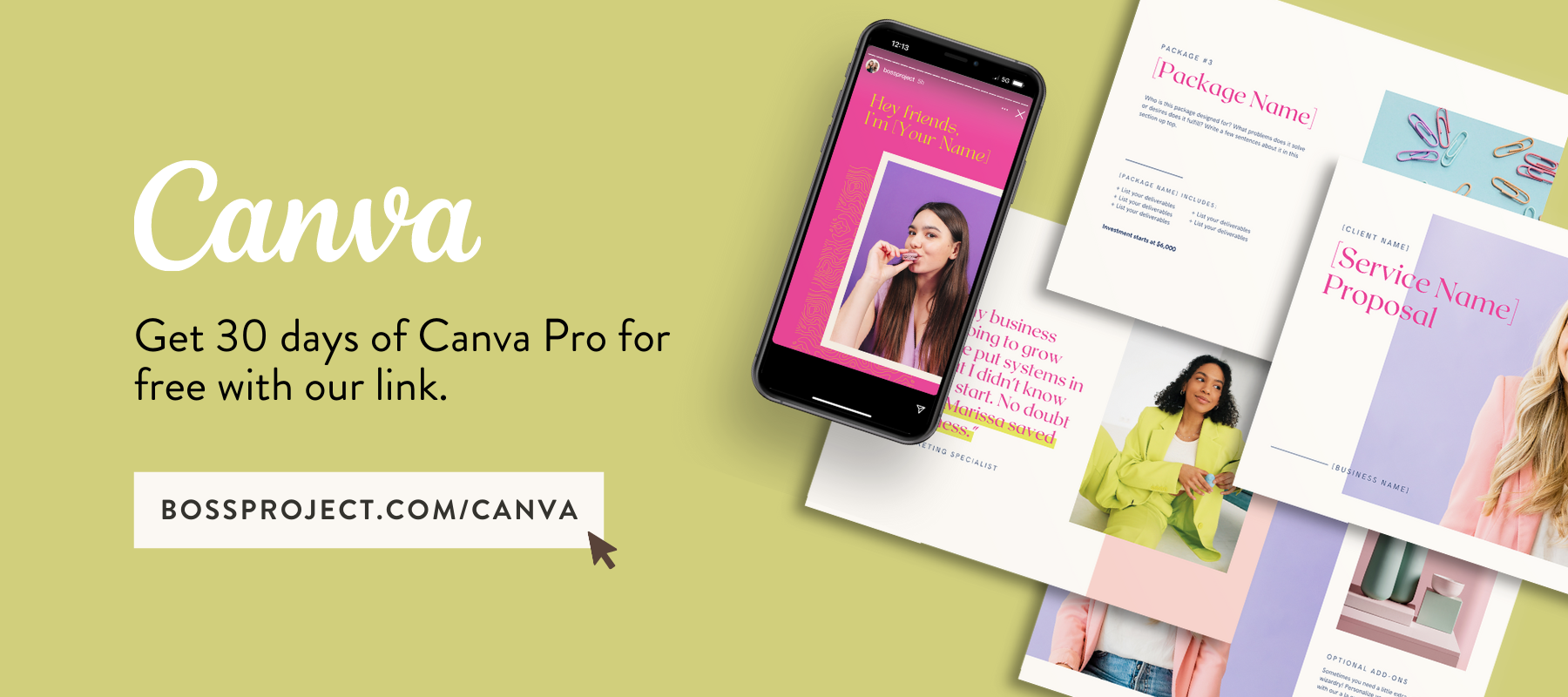This Industry Standard Made Us Feel like Our Products Sucked
Episode 038: Show Notes
Today, we are getting a little nerdy with you guys. We are geeking out on some numbers and giving you the same slap on the face we got when it came to conversions of our peeps and making money. If all of this numbers stuff kind of freaks you out and makes you want break out in hives and throw your phone out the window, it’s okay. Take a deep breath. We are not going to turn you into a mathematician over the course of the next 45 minutes, and that’s fine. But if you feel like you need some help with that, we’ve got you covered. So don’t you stress about it.
We are going to be talking about the icky feelings we get about money, about disappointment in sales numbers, and about what that really means, especially for businesses like ours. We also dive into a bit of background on how we transitioned rather quickly from a client based business to a course based business in a matter of months. What that did along the way was teach us a lot of things about what we didn’t know about conversion rates and how many people you actually need on your list in order to make money. So if you find yourself in that same La La Land right now, put your socks on and get into this episode!
How Do We Define Conversion?
You can talk about conversions in a lot of different ways. Calculating conversion can mean something like putting an opt in on your homepage and then working out how many people, out of all the folks that visit your page, opt in and get on your email list. You can also calculate a conversion from how many people you are converting from your Instagram followers to go read your blog or perhaps sign up for your webinar. For today’s episode, we are specifically talking about how many people are converting, what the industry norms are, and how to deal with the disappointment in the numbers of interested and engaged people versus those who actually buy. This means working out how many of the people who actively signed up for something and show up for it convert into actual buyers.
The Misguided Disappointment of Our Declining Conversion Rate
For our very first webinar and product launch, we did a stunning conversion rate of 18% of live attendees. This was insane, and definitely not the norm. On our second webinar, we had a decline in our conversion rate, which was quite disheartening. For our third webinar we had improved the product, added new bonuses, and tested tiered pricing packages. However, our conversation rate was down to 6%. We literally got off of the webinar and sobbed! We were so disappointed and thought that perhaps there was something wrong with our business. But after talking to the lovely Kendrick Shope, she informed us that the industry standard is actually 1 to 2% and that we had completed kicked ass! This just goes to show how little we knew about conversion rates within the industry and how detrimental it was, shattering our belief in our product.
From Disappointment to Champagne Popping
If you feel like you have something that failed, such as a launch, a webinar, or just announcing a new service or product, it doesn’t matter. Do the math first! Before you go down the road of calling your best friend and crying over the phone, do the math to find out what your conversion rate was, and you might be choosing to pop some champagne instead. If you are disappointed by that number, please know, from the bottom of our souls to yours, it is not you; it is the math. Period. It is not the price of whatever you are selling, it is not how pretty it is, it is not anything. It is literally who was there, who was engaged, and how many people converted. Period. When you don’t see big numbers you have a tendency to want to change everything about your brand, and we get it. But guess what? You are not broken!
The Two Choices You Have For Changing Those Numbers
Okay, so now that you realize that you are in fact NOT broken, how do you get your numbers to reflect your goals? The thing about being a creative business owner is that your income is unpredictable, so we want you to start thinking about creating more stability in your business. Figure out exactly what numbers you need to hit every month, and then decide whether you are A, going to find more engaged potential customers, or B, improve the product so you can increase the price. Those are you two options. Change up your marketing strategies to make people aware of your offerings to seek out an engaged following, or find a way to elevate yourself to a new level so that you can charge at a premium. Again, do the math and find out how best to bring more predictability into your business.
Focus in On Your Genius
One of the biggest things that helped us to get higher conversion rates in the beginning was not stepping too far outside of our “box”. The first course Emylee did was called Pricing for Profit, and it was geared towards photographers because she was a photographer that had started to make five figures, implementing new sales strategies in her business. So she simply turned around and taught that to other photographers. Whatever your genius is right now, whatever your day job is, whatever your side hustle is, whatever your creative passion is, really pull something out that you know like the back of your hand, and start there.
Competing On Quality Instead of Price
Oftentimes when a launch fails, your first instinct is to cut the price in half. Please stop. Do not do that, and let’s instead think about competing on quality instead of price. For a product based business, it may be as simple as using more quality packaging or changing the way you interact with your client or customer. Perhaps you send them a handwritten note with that product itself. If you are a service based business, maybe you give more of your time and really focus on walking that client through the process. Those things may cost you money but you can include them directly in your price. If you are not including your bonuses and freebies and all of that jazz in your overall cost, you’re doing yourself a disservice.
Quote This
It’s not what you’re offering; it’s the people who you’re putting it in front of.
Highlights
Understand what the term “conversion” means and how that can make a huge difference in your business. [0:03:45.2]
Discover how we were misguided to feel disappointed with our conversion rate. [0:05:03.3]
Learn how it is all about the math, and not about what is necessarily wrong with your product. [0:11:18.4]
Find out about the two options you have for hitting your numbers; finding more people or increasing your prices. [0:13:15.8]
How to focus in on your “genius” to get higher conversion rates right off the bat. [0:20:38.8]
Learn how to compete on quality instead of price to increase your conversions. [0:24:43.9]
#TalkStrategyToMe [0:38:47.2]
Go to yourbusinesshoroscope.com and enroll in the master class.
Watch the videos, print out the worksheets, and figure out the formulas.
Go back over your last launch and do the math to find your conversation rate.
ON TODAY’S SHOW
Abagail & Emylee
The Strategy Hour Podcast
We help overwhelmed and creative entrepreneurs break down their Oprah-sized dreams to create a functioning command center to tame the chaos of their business. Basically, we think you’re totally bomb diggity, we’re about to uplevel the shiz out of your business.
KEY TOPICS
The definition of conversion rates, Understanding industry conversion rates, The math of conversion rates, Strategies for increasing your numbers, Teaching from experience, Niching down to drive conversion rates up, Competing on quality instead of pricing





